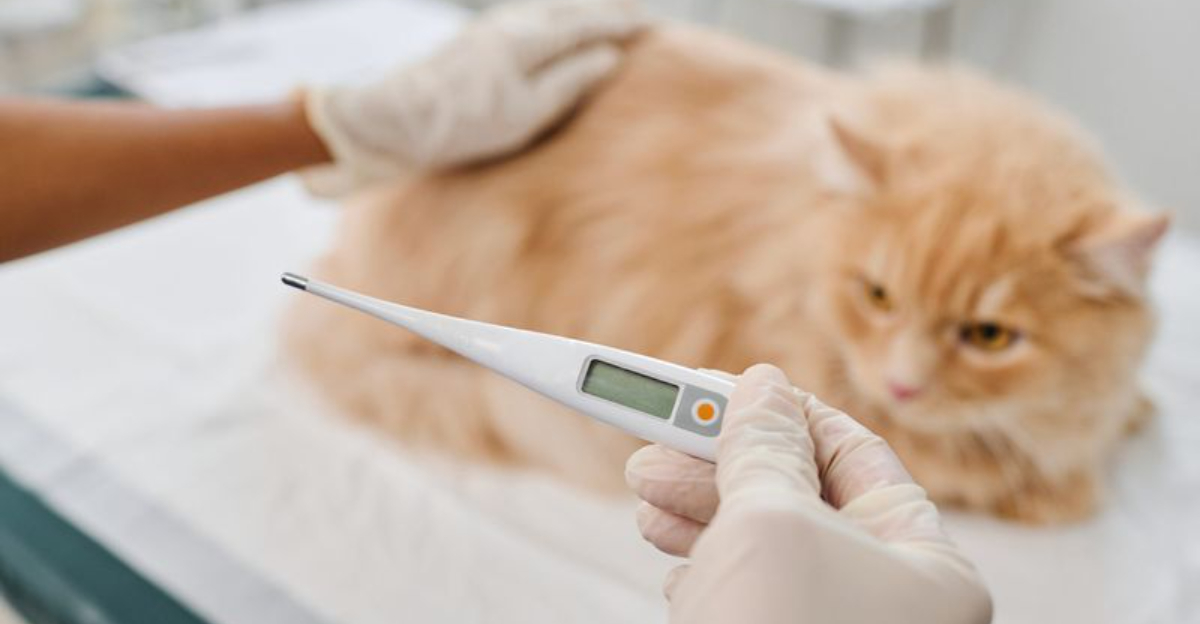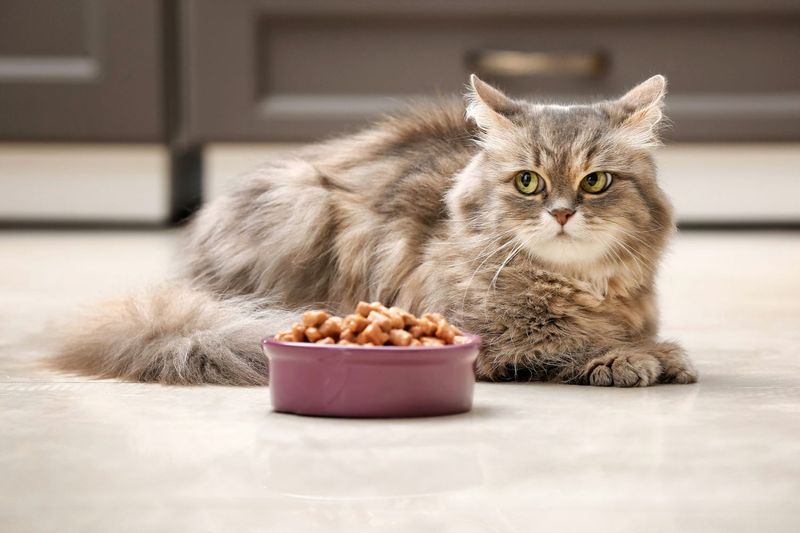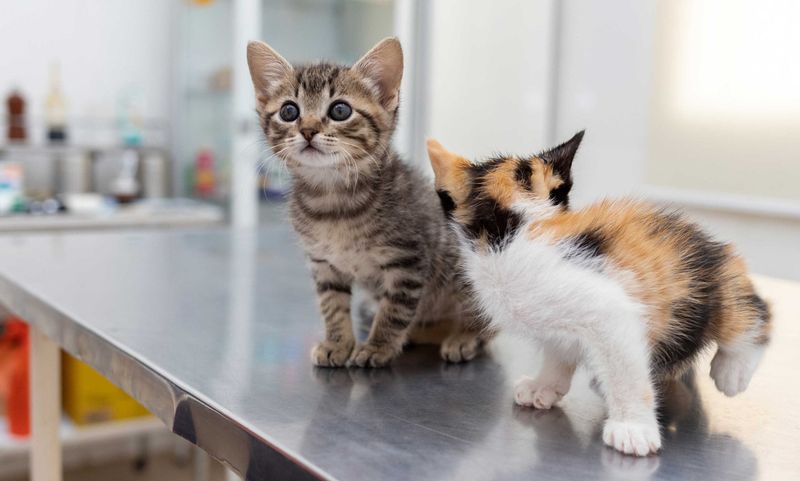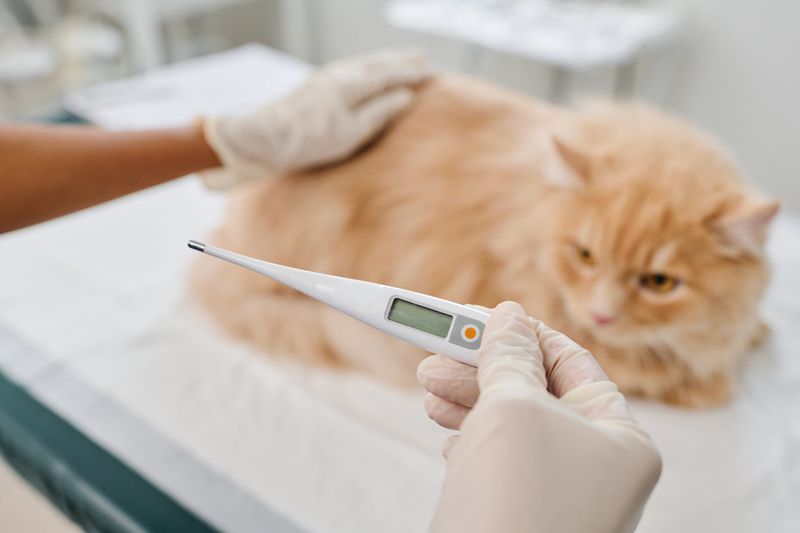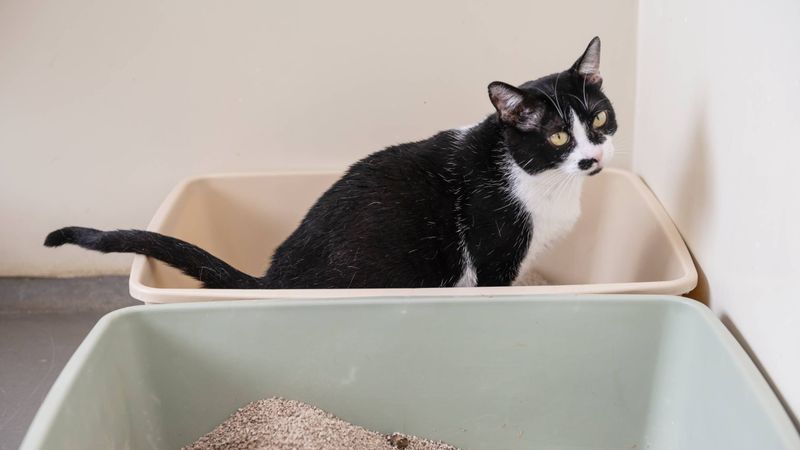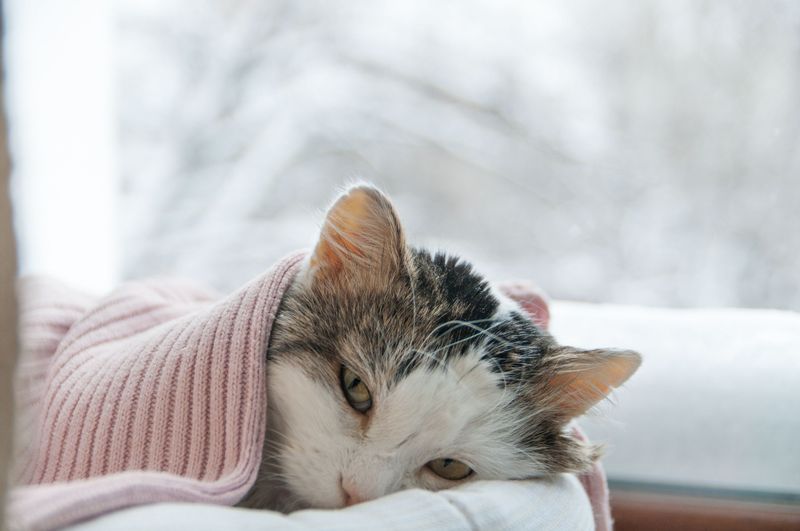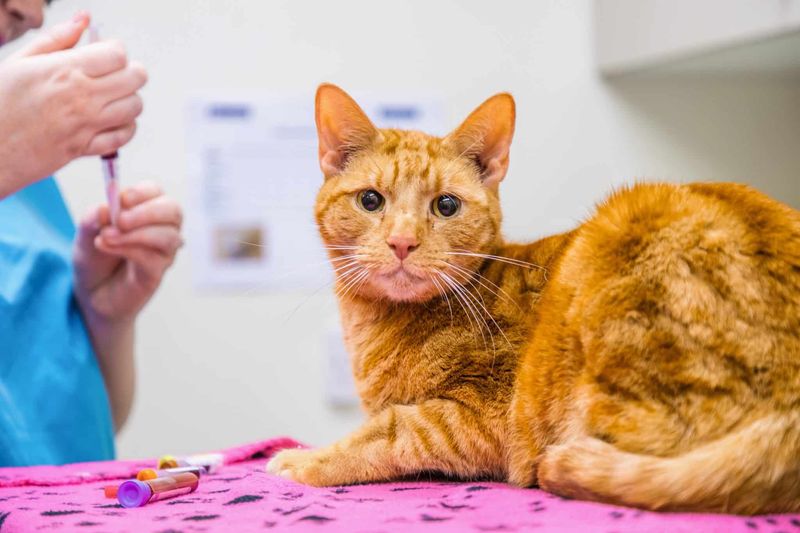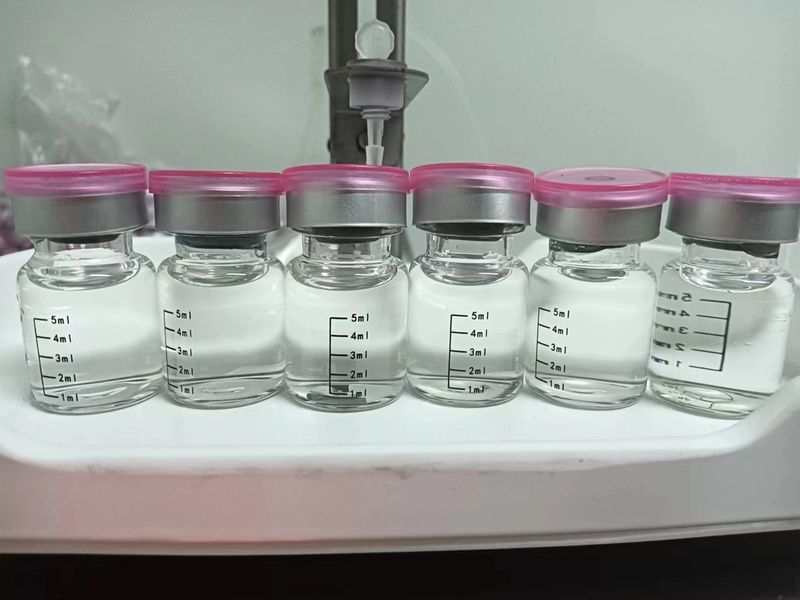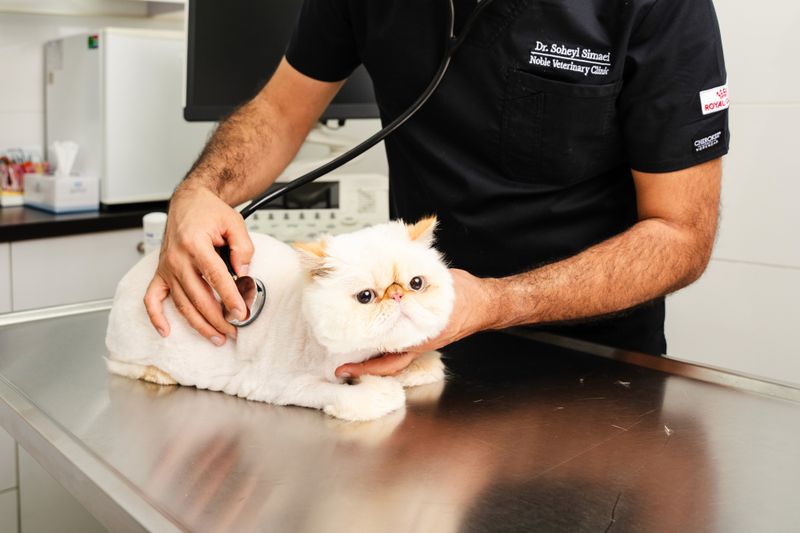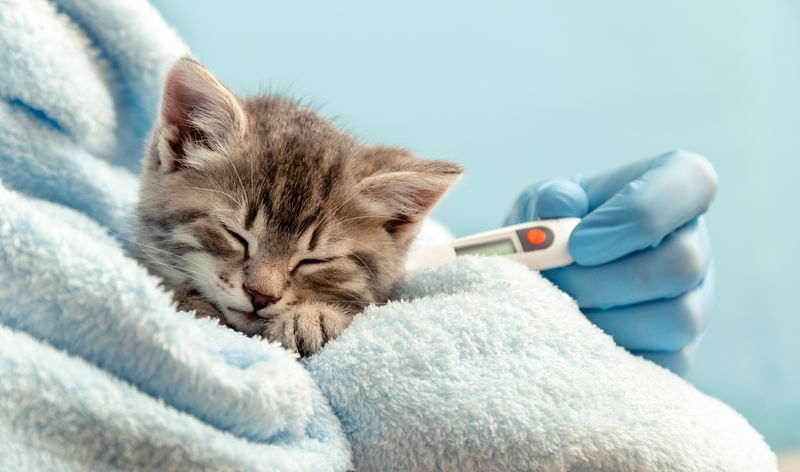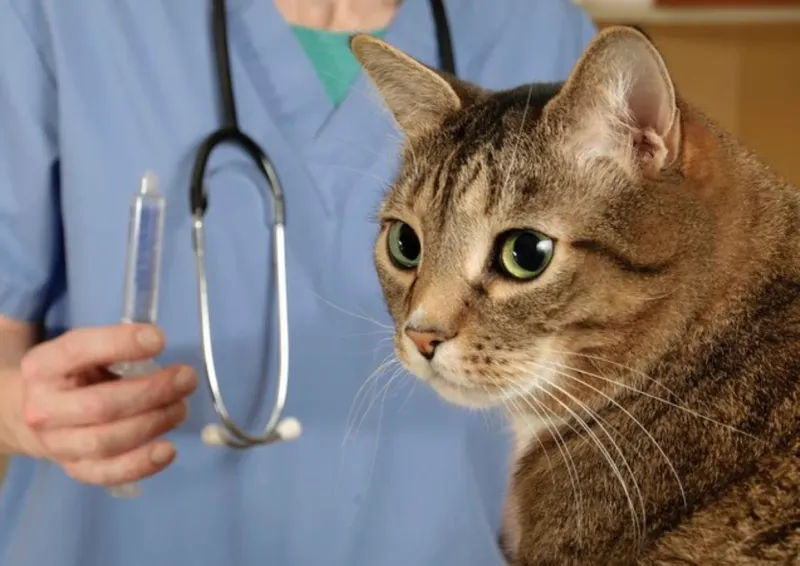📖 Table of Content:
- 1. Monitor Your Cat for Subtle Signs of Illness
- 2. Don’t Ignore Unexplained Fluid in the Abdomen or Chest
- 3. Get Regular Vet Checkups, Especially for Kittens
- 4. Ask Your Vet About FIP If Your Cat Has Chronic Fever
- 5. Avoid Overcrowding in Multi-Cat Homes
- 6. Clean Litter Boxes Frequently to Lower Virus Exposure
- 7. Isolate Sick Cats Immediately
- 8. Consider Testing for Feline Coronavirus in High-Risk Environments
- 9. Stay Informed About GS-441524 and Legal Access Options
- 10. Start Treatment Immediately if FIP Is Suspected
- 11. Be Ready for a Long Treatment Journey
- 12. Work With a FIP-Savvy Vet or Support Group
- 13. Keep Stress Low, Especially in New or Young Cats
- 14. Document Symptoms and Progress in a Journal
- 15. Don’t Lose Hope—Survival Rates Are Improving
Feline Infectious Peritonitis (FIP) is one of the most feared words a cat owner can hear. Once thought to be a guaranteed death sentence, FIP has long haunted the feline world with its mysterious onset, confusing symptoms, and heartbreaking outcomes. But thanks to recent advances in research and treatment, hope is no longer out of reach. Today, there’s more knowledge—and more action you can take—than ever before.
This disease begins with something deceptively ordinary: a common feline coronavirus found in many cats, especially in shelters, catteries, or multi-cat households. In rare cases, this virus mutates into the deadly form that causes FIP, triggering a cascade of symptoms that can vary wildly from cat to cat. Because of its unpredictable nature and difficulty to diagnose, FIP often goes undetected until it’s advanced—making awareness a cat owner’s best defense.
Whether you’re a first-time cat parent or a seasoned pet guardian, understanding FIP can make all the difference. The following 15 key points offer life-saving insight—from early detection to prevention tips, treatment options, and emotional guidance for navigating this tough journey. Knowing what to watch for—and what to do next—could be the turning point in your cat’s fight for survival.
1. Monitor Your Cat for Subtle Signs of Illness
Always observe your cat for early signs of illness, such as persistent fever or lethargy. These symptoms, especially in younger cats, can indicate a serious condition like FIP. Early detection could lead to quicker intervention. Look for changes in appetite as well. A cat that suddenly seems uninterested in food may be ill. Being proactive in noticing these subtle signs can save your cat’s life. Reach out to your vet if you notice any of these signs. A timely consultation could make all the difference in your cat’s health.
2. Don’t Ignore Unexplained Fluid in the Abdomen or Chest
If your cat’s belly appears abnormally bloated or if it experiences labored breathing, seek veterinary attention immediately. These signs may indicate wet FIP, where fluid accumulates in the abdomen or chest. Catching this early is crucial for treatment success. Labored breathing is another sign that should not be ignored. Your veterinarian can provide a diagnosis through physical examination and imaging. Addressing these symptoms early increases the likelihood of a positive outcome.
3. Get Regular Vet Checkups, Especially for Kittens
Regular vet checkups are essential for maintaining your cat’s health, particularly for kittens more vulnerable to FIP. Early vet visits can detect potential warning signs before they become severe. Routine checkups include vaccinations and health assessments. This enables early detection of any underlying conditions. Kittens require special attention as their immune systems are still developing. Frequent medical oversight ensures they grow into healthy adults. Establish a schedule with your vet to give your kitten the best start in life.
4. Ask Your Vet About FIP If Your Cat Has Chronic Fever
Chronic fever that doesn’t respond to antibiotics could be a potential indicator of FIP. If your cat suffers from persistent fever, don’t hesitate to discuss FIP with your veterinarian. This condition can be challenging to diagnose, so direct communication with your vet is essential. Being proactive and informed can lead to faster diagnosis and treatment. Your vigilance in noticing unusual fever patterns plays a crucial role in your cat’s well-being.
5. Avoid Overcrowding in Multi-Cat Homes
Overcrowding in homes with multiple cats increases stress and the risk of viral spread, which can complicate FIP. Keeping your environment calm and spacious helps reduce these risks. Ensure each cat has its own space to retreat to when needed. A peaceful habitat supports their immune system. Regular cleaning and organization of their living areas also contribute to a healthier environment. Prioritize space and hygiene to minimize stress-related health issues in your multi-cat household.
6. Clean Litter Boxes Frequently to Lower Virus Exposure
Regularly cleaning litter boxes is one effective way to minimize virus exposure. Feline coronavirus, often linked with FIP, is spread through feces. Daily scooping and periodic washing of litter boxes are crucial tasks for pet owners. These practices reduce the chances of virus transmission. A clean environment is vital for your cat’s health, and preventing the spread of infectious agents is part of responsible pet ownership.
7. Isolate Sick Cats Immediately
Isolating a sick cat from other pets helps prevent the spread of common viruses, even though FIP itself isn’t contagious. Prompt isolation minimizes the risk of secondary infections that could complicate FIP outcomes. Ensure your isolated cat is comfortable and receives the necessary care. This step is crucial in managing its health and protecting other pets in your home.
8. Consider Testing for Feline Coronavirus in High-Risk Environments
Testing for feline coronavirus antibodies can be beneficial in environments like shelters or breeding setups. Although not always conclusive, these tests help monitor risk levels. Knowing your cat’s exposure to the virus is valuable information for managing their health. Discuss with your vet whether testing is appropriate for your situation. Being informed about your cat’s health risks in high-exposure settings can guide preventive measures.
9. Stay Informed About GS-441524 and Legal Access Options
Being informed about treatments like GS-441524 can be life-saving. This effective antiviral therapy requires proper access and understanding. Research reliable sources or consult your vet to learn about obtaining GS-441524 or its legal equivalents. Timely access to treatment is vital for survival. Stay updated on new developments in FIP treatment to ensure your cat receives the best care possible.
10. Start Treatment Immediately if FIP Is Suspected
Time is of the essence when FIP is suspected. Initiating antiviral therapy early significantly improves survival chances. A prompt diagnosis followed by immediate treatment can make a critical difference. Coordinate with your vet to start treatment as soon as possible. This proactive approach is key to managing FIP effectively and giving your cat the best chance for recovery.
11. Be Ready for a Long Treatment Journey
Treatment for FIP often extends over 12 weeks or more, requiring commitment and patience. Adhering to the dosage schedule strictly is essential for success. Prepare for this journey by staying organized and informed. Keeping track of your cat’s medication and health progress is critical. Setting reminders and maintaining a treatment log can assist in managing the process effectively. Your dedication plays a significant role in your cat’s recovery.
12. Work With a FIP-Savvy Vet or Support Group
Not all veterinarians have experience with FIP, so finding one who does is beneficial. Alternatively, connecting with FIP support groups can provide valuable resources and guidance. These communities offer support from others who have managed similar challenges. Being part of an informed network enhances your ability to care for your cat effectively.
13. Keep Stress Low, Especially in New or Young Cats
Stress can play a part in the mutation of the feline coronavirus. Providing a calm and secure environment is crucial for your cat’s well-being. Minimize changes and disruptions in their routine to support their immune system. A stress-free setting fosters health and happiness in your pet. Simple acts like maintaining a quiet home and offering comfort can make a significant impact on their health journey.
14. Document Symptoms and Progress in a Journal
Keeping a detailed journal of your cat’s symptoms and progress helps in managing their condition. This documentation aids your vet in adjusting treatment plans as needed. Recording daily observations can identify patterns or improvements quickly. A journal serves as a valuable tool in understanding your cat’s health journey. This practice empowers you and your vet to make informed decisions about their care.
15. Don’t Lose Hope—Survival Rates Are Improving
FIP used to be seen as a death sentence, but recent advancements have improved survival rates significantly. With proper care, many cats are now thriving post-treatment. Stay positive and informed about the latest treatments available. Engage with your vet regularly to explore all possible options. Your hope and dedication can make a profound difference in your cat’s life.
